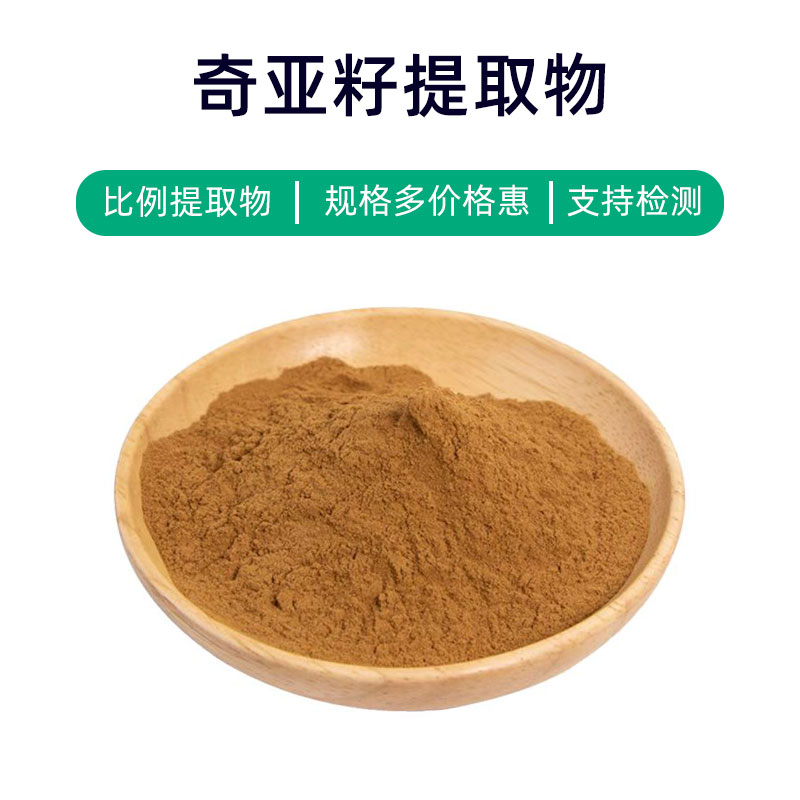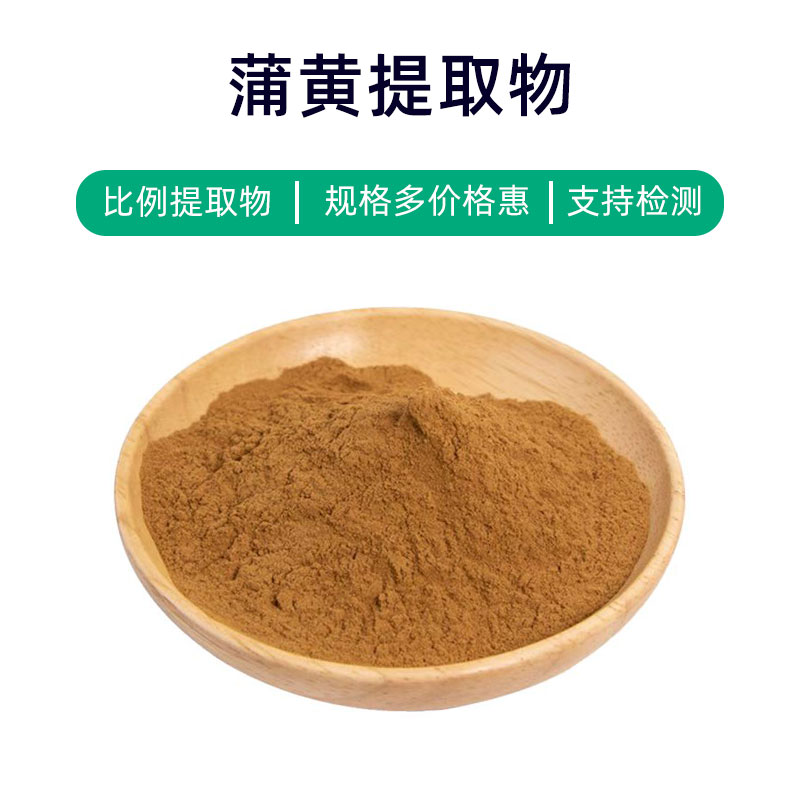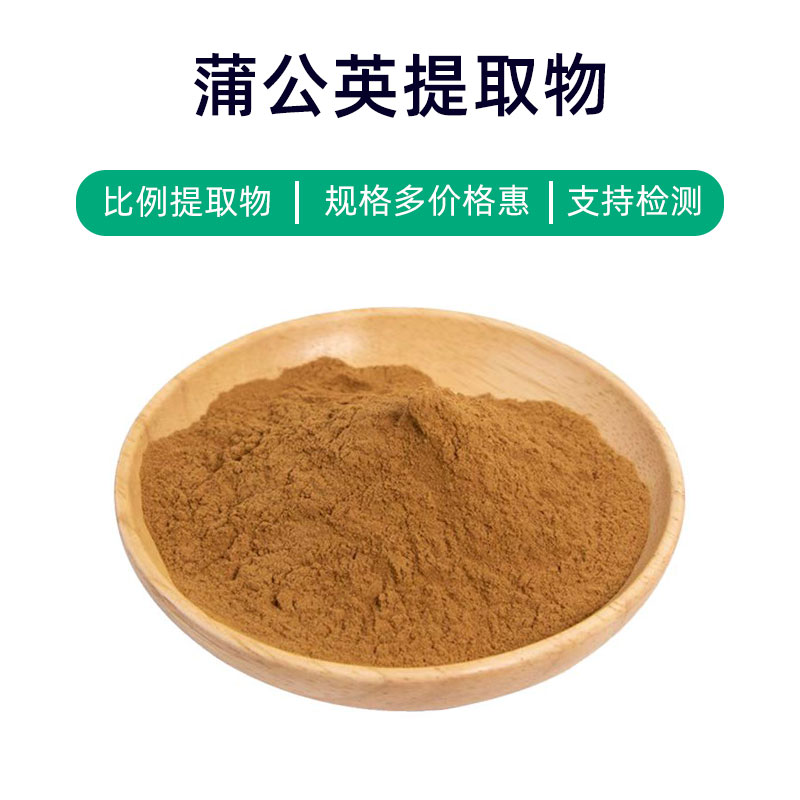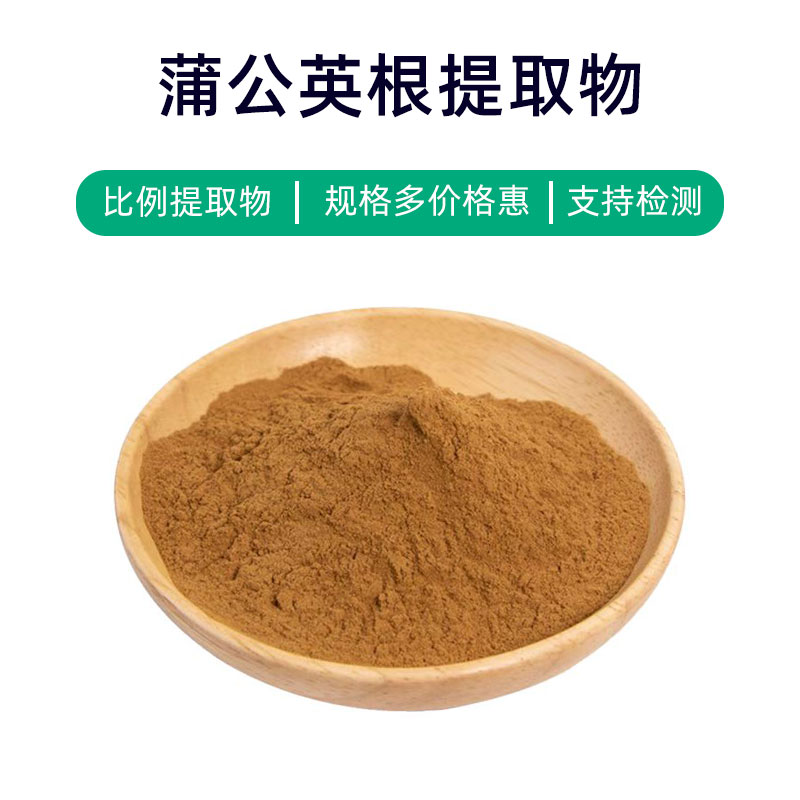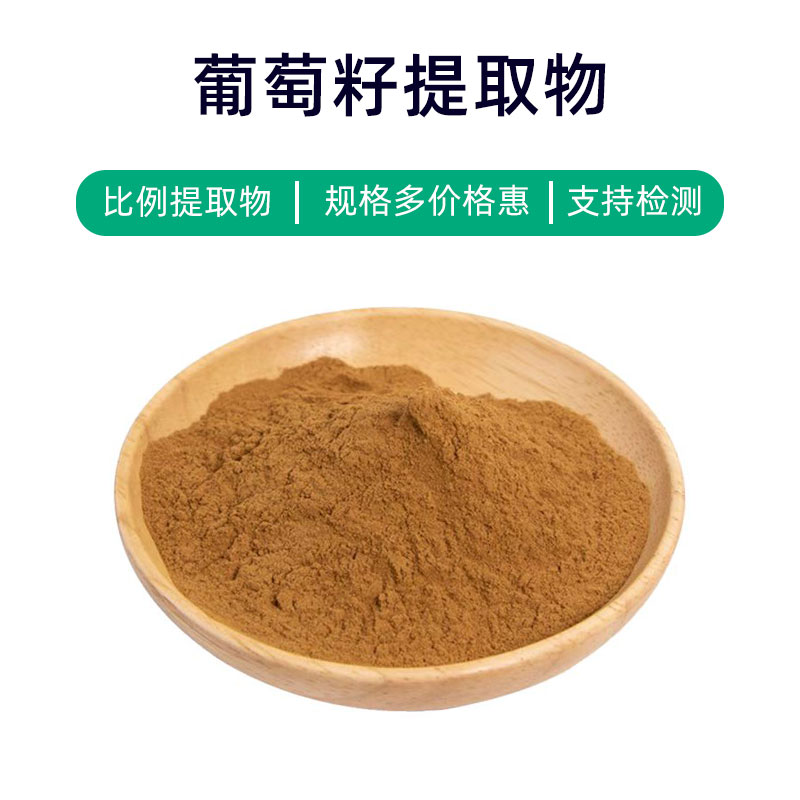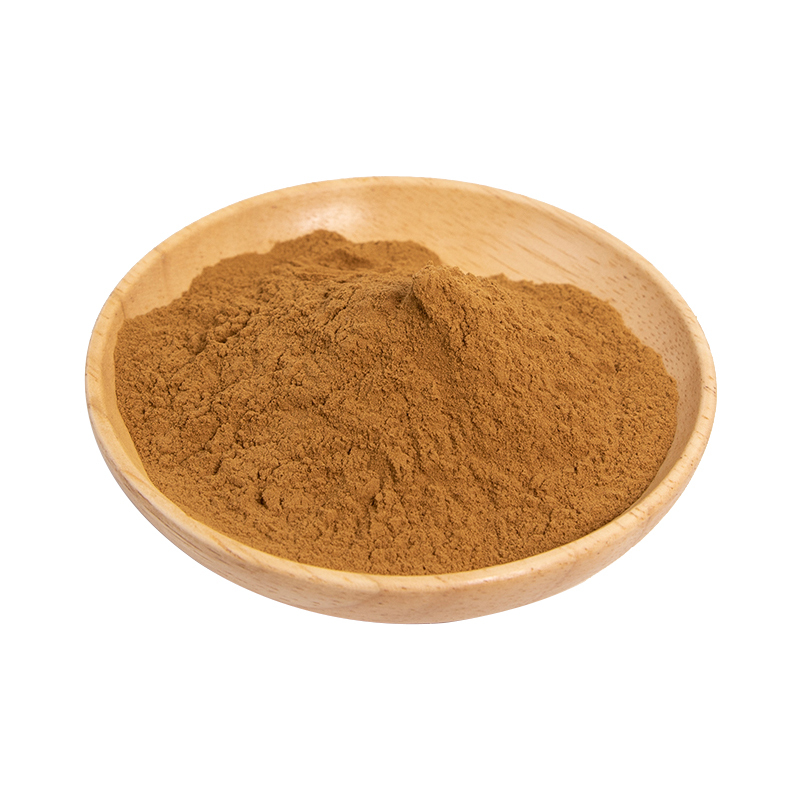Beehive Extract Product Introduction
Beehive extract is a natural plant extract derived from the roots, leaves, or flowers of the beehive plant. Its main components may include flavonoids, tannins, essential oils, and plant acids. Beehive extract is extensively applied in pharmaceuticals, health supplements, and cosmetics. In medicine, it possesses antioxidant, anti-inflammatory, calming, and antibacterial effects, useful for preparing anti-inflammatory pain relief medications and sedatives. In the realm of health supplements, it is often added to nutritional products to enhance immunity and regulate mood. Additionally, beehive extract is prevalent in cosmetics, such as skincare and anti-aging products, due to its antioxidant and anti-inflammatory properties that aid in improving skin condition and slowing down aging. Overall, as a natural plant extract, beehive extract boasts multiple benefits and is widely utilized across the medical, health supplement, and cosmetic industries.
Beehive Extract Production Process
The production process of beehive extract typically includes the following steps:
- Raw Material Preparation: Select high-quality beehive plants, usually using fresh roots, leaves, or flowers for extraction. The raw materials should undergo initial cleaning and treatment to remove impurities and surface contaminants.
- Grinding: The cleaned beehive plant is ground to increase extraction efficiency, usually through mechanical pulverizing or cutting to reduce the plant material to powder.
- Solvent Extraction: The ground beehive plant is immersed in an appropriate solvent (such as ethanol, water, or ethyl acetate). During immersion, the solvent dissolves the active components in the plant.
- Filtration of Extract: The extract is filtered to remove solid residues and impurities, resulting in a clear extract.
- Concentration and Evaporation: The filtered extract is concentrated by evaporating the solvent, typically using low-temperature or vacuum methods to prevent the loss of components and heat sensitivity.
- Drying the Final Product: The concentrated extract undergoes drying to eliminate residual solvents and moisture, yielding a dry beehive extract. Common drying methods include spray drying or vacuum drying.
- Quality Inspection: The final product undergoes quality inspection, assessing appearance, color, purity, and active ingredient content, ensuring compliance with relevant standards and regulations.
- Packaging and Storage: The inspected beehive extract is packaged and labeled, then stored in a cool, dry, dark environment to ensure stability and quality.
This outlines the typical production process for beehive extract, where each step requires strict control to ensure product quality and safety.
Beehive Extract Functions and Side Effects
Beehive extract is a natural plant extract with various beneficial functions, including the following:
- Antioxidant Effects: Rich in antioxidants such as polyphenols and vitamins that neutralize free radicals, reduce oxidative damage, and protect cells from oxidative stress, thus helping to slow aging.
- Anti-inflammatory Effects: The active components in the extract provide anti-inflammatory properties that can inhibit the release of inflammatory factors, alleviating conditions like arthritis or dermatitis.
- Digestive Aid: Beehive extract contains dietary fiber and natural enzymes that promote gastrointestinal motility and enhance secretion, aiding in digestion and alleviating issues like indigestion.
- Improvement of Blood Circulation: The active components may promote vasodilation and have anti-coagulation effects, enhancing circulation and reducing blood viscosity to prevent cardiovascular diseases.
- Immune Boosting: Contains various beneficial components for the immune system, such as polyphenols and vitamins, helping to enhance overall immunity and resist infectious diseases.
- Antibacterial Properties: Active components possess antibacterial effects, inhibiting the growth of pathogenic microorganisms such as bacteria and fungi, thus aiding in the prevention and treatment of infections.
Beehive extract is generally considered safe and suitable, but users should be aware of the following precautions:
- Dosage: Follow the product's instructions or medical advice for dosages, avoiding excessive or prolonged use.
- Allergic Reactions: Some individuals may experience allergic reactions to components within the extract, causing symptoms like itching or redness; in such cases, discontinue use and seek medical attention.
- Drug Interactions: Certain medications may interact with beehive extract, affecting absorption, metabolism, or excretion, hence it’s advised to avoid concurrent use or to use it under a physician's guidance.
In summary, while beehive extract offers numerous beneficial effects, care should be taken to use it responsibly to prevent adverse reactions.
Beehive Extract Application Scenarios and Dosages
Beehive extract has a wide range of applications in the pharmaceutical, food, and cosmetics sectors, with specific usage scenarios and recommended dosages as follows:
- In Pharmaceuticals:
- Beehive extract is commonly used in the preparation of various medications or supplements, like oral liquids, capsules, and tablets, aimed at regulating immune function, improving digestion, and preventing cardiovascular issues.
- Dosage: Generally, the recommended adult oral dosage is 100-200 mg, taken 2-3 times a day, adjustable based on condition and medical advice.
- In Foods:
- It is often used as a natural food additive to enhance nutritional value and functionality, added to beverages, health foods, and nutritional supplements.
- Dosage: The typical addition is 1-5 grams of beehive extract per 100 grams of food, with the exact amount determined by the product formulation and desired effects.
- In Cosmetics:
- Due to its antioxidant, anti-inflammatory, and moisturizing properties, beehive extract is frequently included in skincare products, shampoos, and masks to protect and improve skin condition.
- Dosage: Generally added according to product formulation proportions; specific amounts depend on product type and desired benefits, advised per product instructions or manufacturer recommendations.
As a natural plant extract, beehive extract shows promising applications across pharmaceuticals, foods, and cosmetics. Care should be taken to use appropriate dosages and methods in accordance with various sector requirements and relevant laws and standards.
Beehive Plant Source, Distribution, and Growth Environment
Beehive (scientific name: Centella asiatica), also known as gotu kola or Indian pennywort, is a common perennial herb belonging to the Apiaceae family. Below is an introduction to the plant source of beehive extract, its distribution, and growing conditions:
- Plant Introduction:
Beehive is a terrestrial or aquatic herb, characterized by a creeping stem with round or kidney-shaped leaves having serrated edges. Its small white flowers typically grow in clusters at the leaf axils. The plant has a well-developed root system with strong growth and adaptability. - Distribution:
Native to Asia, including India, Sri Lanka, China, and Japan, beehive is widely found in tropical and subtropical regions, commonly in marshlands, along streams, around lakes, and in low-altitude mountains. - Growth Environment:
Beehive thrives in warm, humid environments, requiring ample light and moisture. It can grow in damp soil, along water’s edge, or in shallow water. While it is adaptable to various soils, it does not thrive in poorly drained or arid conditions. - Growth Habits:
Beehive is a shade-tolerant plant, preferring semi-shaded environments such as under trees or on damp grass. It grows quickly, rapidly covering soil surfaces and forming dense patches. - Reproduction:
It mainly propagates through underground runners but can also reproduce via seeds. The underground runners quickly take root in the soil, expanding the plant's range, showing strong self-propagation abilities under suitable conditions.
In summary, beehive is a common perennial herb mainly found in humid environments of subtropical and tropical regions. With its wide distribution and strong adaptability, it is an important medicinal and ornamental plant.
Beehive Extract Processing and Storage
Processing and storing beehive extract are crucial:
- Processing:
Typically extracted through water extraction, ethanol extraction, or supercritical fluid extraction methods. The extract undergoes concentration, filtration, and freeze-drying processes to yield either powder or liquid extracts. - Storage:
Beehive extract should be stored in a cool, dry, well-ventilated area, away from direct sunlight and high temperatures. Powdered extracts must be sealed to avoid moisture, while liquid extracts should be kept in sealed containers and refrigerated to extend shelf life. - Precautions:
During processing, avoid high temperatures and prolonged exposure to light to maintain the extract's stability and active component levels. During storage, regularly check the extract's appearance and smell, addressing any abnormalities promptly.
Monica Sun is a seasoned expert in the plant extraction industry with over a decade of experience in research and production. She specializes in the extraction and purification of plant active ingredients, focusing on driving innovation in natural product applications. Monica has participated in the development of multiple functional plant extracts, delivering high-value natural raw material solutions for the health food, pharmaceutical, and dietary supplement sectors.









